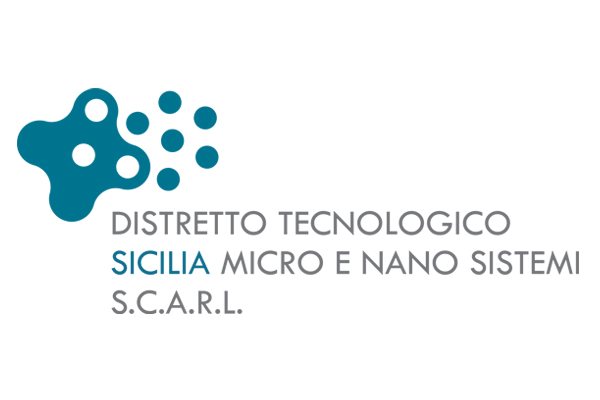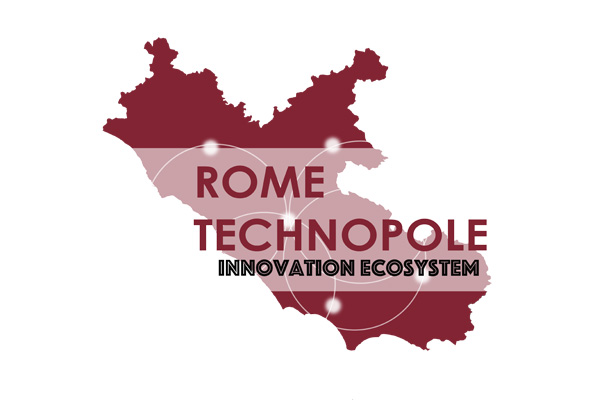 Who doesn't know the panoramic terrace of the Pincio? One of the most famous and romantic places in Rome is known throughout the world for its beauty. However, few people know that, a few steps from the Pincio, in the vast park of Villa Borghese, there is the famous Pincio water clock.
Who doesn't know the panoramic terrace of the Pincio? One of the most famous and romantic places in Rome is known throughout the world for its beauty. However, few people know that, a few steps from the Pincio, in the vast park of Villa Borghese, there is the famous Pincio water clock.
This is a fascinating hydrochronometer, designed and built in 1867 by Giovanni Battista Embriaco, a Dominican priest from Liguria with a passion for clockmaking and engineering.
Installed in 1873 in the large park of Villa Borghese in Rome, the clock measures time from the center of an oval fountain in Viale dell'Orologio, designed by architect Gioacchino Ersoch. Presented at the Universal Exhibition in Paris, the clock created by the brilliant Embriaco immediately attracted the interest of many international experts, who bought the patent to embellish the public fountains of their cities.

The particular mechanism, designed with the advice of Antonio Bedetti, applies in an innovative way notions of physics, hydraulics and mechanics. Without complicated gears, it ingeniously uses the flow of water as a source of energy to activate the isochronism of the pendulum and wind the clock, which originally also had an acoustic striking device for the quarters and hours. The heart of the clock is well protected behind transparent crystal panels, mounted on a rural cast-iron turret, melted to imitate the trunks of a tree.
The structure, perfectly integrated in the surrounding garden, is located above a rocky formation, covered with vegetation, over which water descends abundantly. The clock, with its dials recalling the cross-section of a tree and its hands shaped in vegetable forms, fits harmoniously into the natural context of Villa Borghese.
Walking through the park, the water clock appears as a truly unique and surprising element. If you come to Villa Borghese don't forget to stop by and admire this splendid 19th century masterpiece.





























